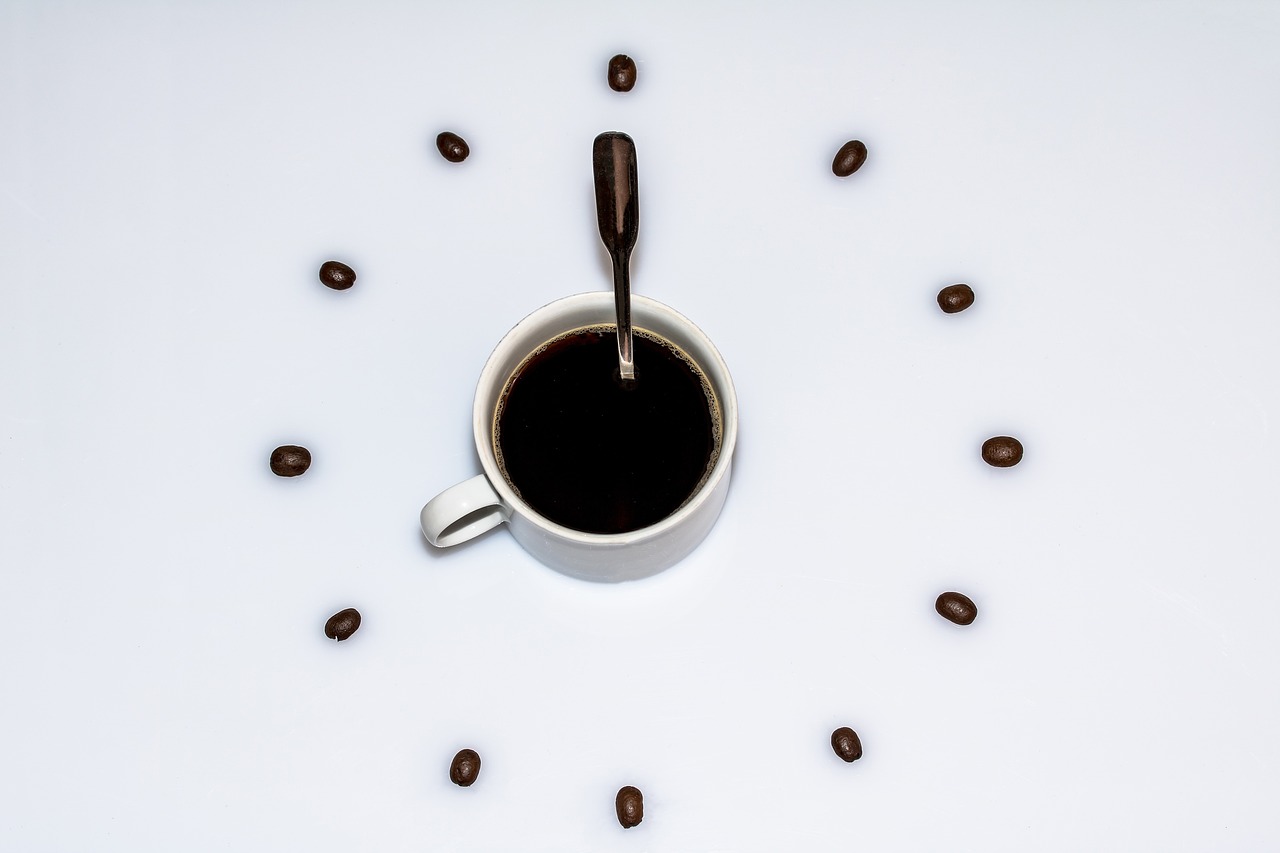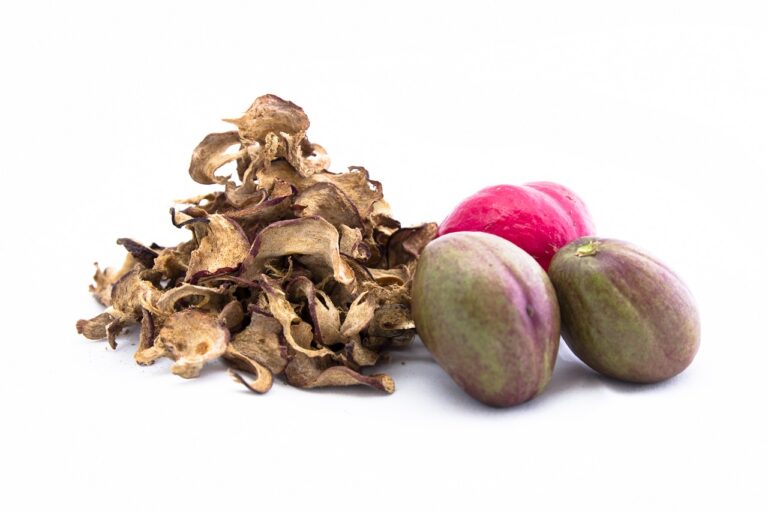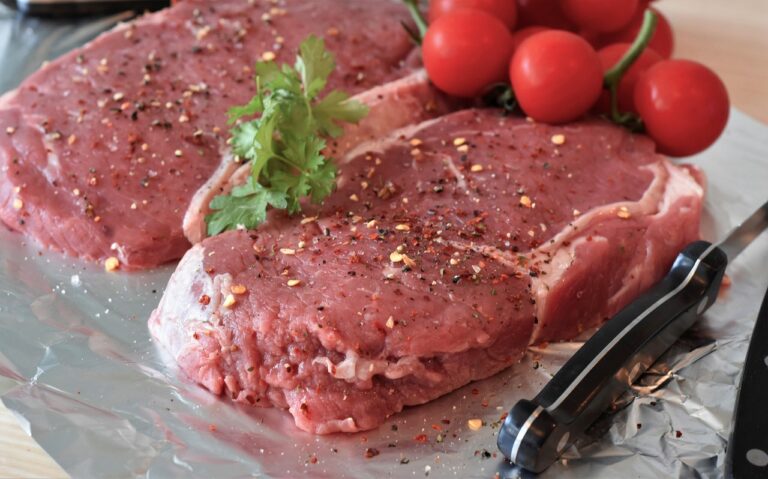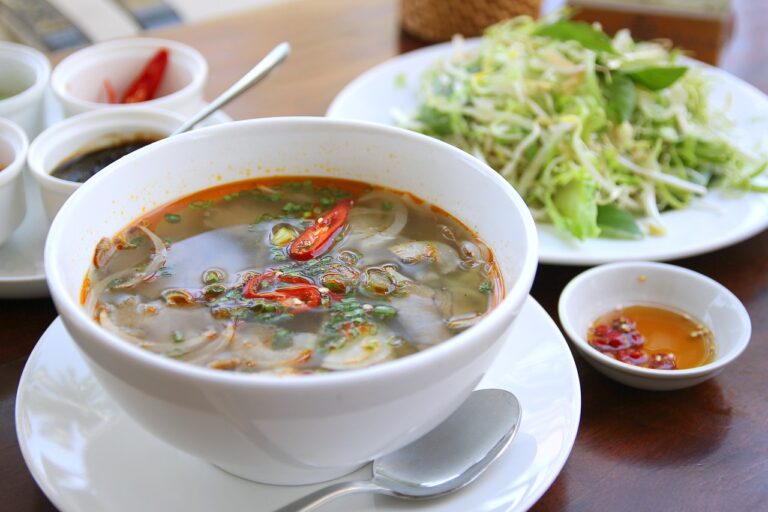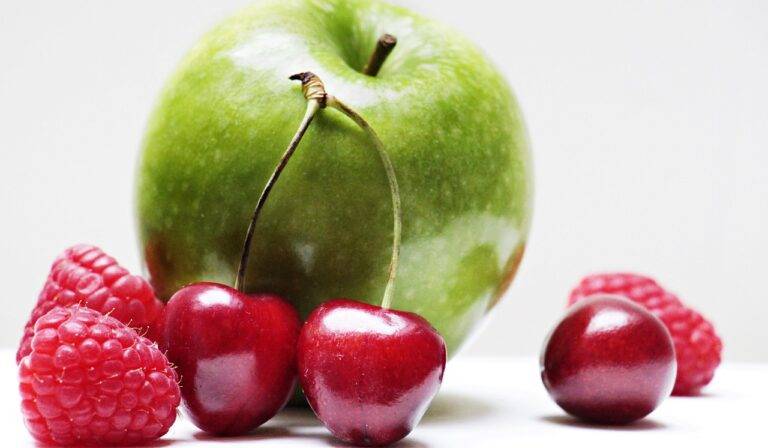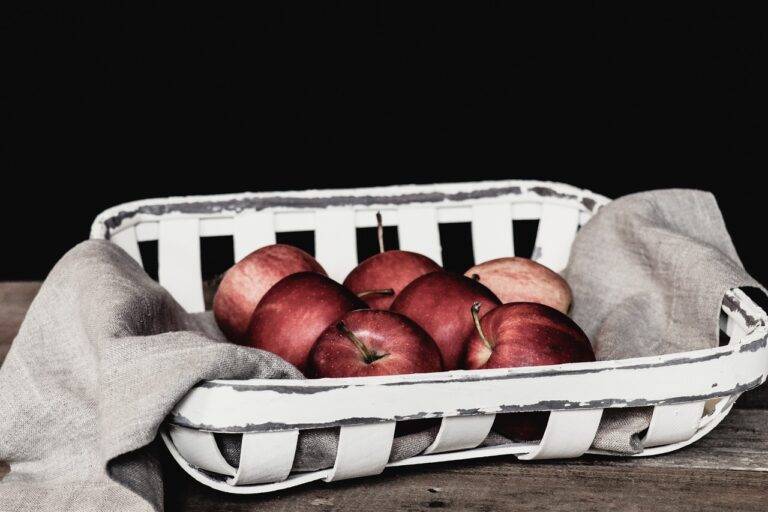The Science of Food Preservation: Traditional Methods vs. Modern Technologies
One crucial aspect to consider when evaluating food preservation methods is their impact on the nutritional value of the food. Each preservation technique has varying effects on the nutrient content of food. For instance, canning involves high heat, which can lead to a loss of certain heat-sensitive vitamins like vitamin C. On the other hand, freezing foods at their peak freshness can help retain their nutrients, making it a beneficial method in preserving the nutritional value.
Another factor to bear in mind is the duration of storage. Extended storage times can result in a decrease in the nutritional content of the food, regardless of the preservation method used. Therefore, it is essential to strike a balance between preserving the food for longer shelf life and maintaining its nutritional integrity. Understanding how each preservation method affects the nutritional value of food is fundamental in making informed choices about the best way to store and consume food for optimal health benefits.
Safety Considerations
When considering safety in food preparation, it is crucial to pay close attention to cleanliness and hygiene practices. Proper handwashing, sanitization of surfaces, and using clean utensils are essential to prevent contamination and the spread of harmful bacteria. Cross-contamination between raw and cooked foods should be avoided by using separate cutting boards and utensils for each type of food.
Additionally, it is important to cook food thoroughly at the recommended temperatures to kill off any potential pathogens present. Cooking meat, poultry, and seafood to their specified internal temperatures helps reduce the risk of foodborne illnesses. Refrigeration of perishable items within the appropriate timeframe is also vital to slow down the growth of bacteria and ensure the food remains safe for consumption.

